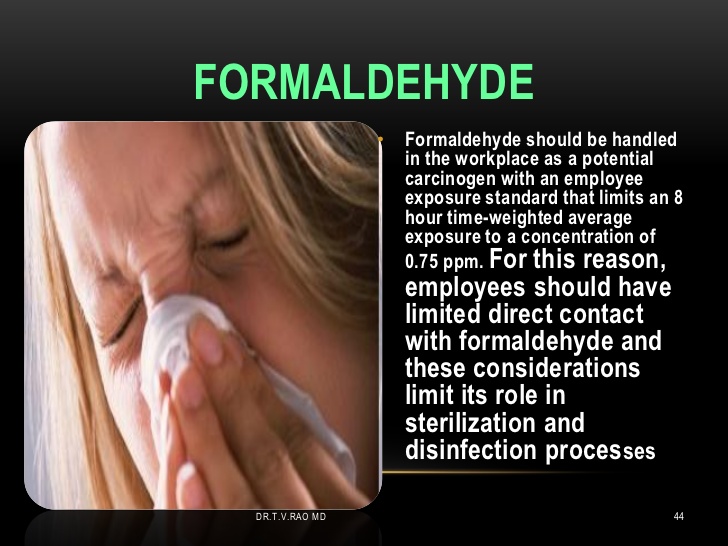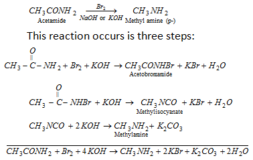formaldehyde

source : study.com

source : slideshare.net
formaldehyde : Methods of preparation –
1. By the oxidation of CH3OH:
This oxidation is done either by O2 in presence of a platinized asbestos catalyst or by acidified K2Cr2O7.
2CH3OH (methyl alcohol) + O2 ——> 2 HCHO (Formaldehyde) + 2H2O (at 300 – 400 oC)
CH3OH + (O) ———–> HCHO + H2O (in presence of K2Cr2O7 + H2SO4)
2. By dehydrogenation of CH3OH :
Vapors of CH3OH are passed over Cu or Ag at 300 -400 oC then H2 is eliminated with the formation of HCHO.
CH3OH ———> HCHO + H2
3. By heating Calcium formate: HCHO is formed.

4. From formic acid — By passing vapours of formic acid over heated MnO catalyst at 3000C, formaldehyde is formed.
HCOOH +HCOOH ——>HCHO +CO2+H2O
Lab Preparation :

source : prepchem.com
HCHO is prepared in laboratory by catalytic oxidation of CH3OH. A round bottom flask is fitted with two tubes bent at right angles. One tube connects the flask with the combustion tube having platinized asbestos. The other end of the combustion tube is fitted with a tube leading into the receiver which is connected to a suction pump.
Methyl alcohol is taken in a round bottom flask which is heated on a water bath to have a temperature about 40o C. Combustion tube is heated to redness with the help of suction pump, air is sucked in through the apparatus. Vapors of CH3OH and air come in contact with the heated catalyst, when CH3OH get oxidized to HCHO which is absorbed in H2O.
The condensate obtained is a mixture of HCHO, CH3OH and water. Excess of CH3OH is removed by fractional distillation. The resulting mixture is called formalin which contains 40% HCHO , 8% CH3OH and 52 % water.
CH3OH + O2 ——> HCHO + H2O
Physical properties:

source: ipcs inchem
- It is a colorless, pungent smelling gas.
- It is extremely soluble in H2O. Its solubility in water may be due to hydrogen bonding.
- Its solution acts as an antiseptic and disinfectant.
- It causes irritation to skin, eyes, nose and throat.
source: study.com








